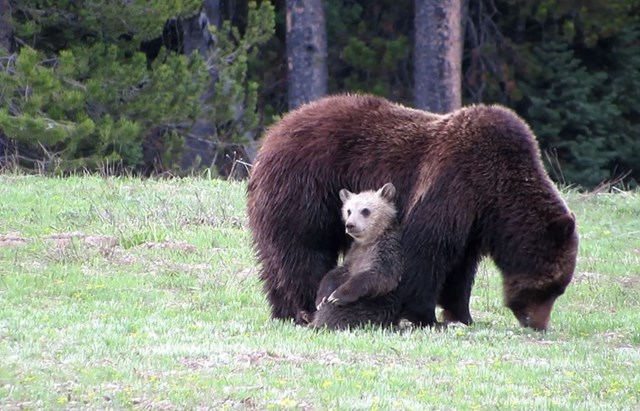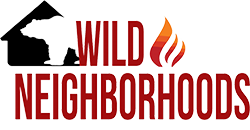
Buckrail- (Moose, Wyo.) – Two bears died yesterday in Grand Teton National Park after they were struck by passing vehicles. The first, an adult female black bear, was struck on U.S. Highway 89 north of the Deadman’s Bar Road Junction on Sunday, June 19 around 7:30 p.m. The second, a male grizzly bear cub of the year, was hit later the same evening on the North Park Road (U.S. Highway 89) between the Pilgrim Creek Road Junction and Colter Bay Junction.
A total of 37 animals are known to have been struck by vehicles on park roadways in 2016. One grizzly bear cub, two black bears, nine deer, two bison, nine elk, two coyotes, and one red fox were involved in those collisions, which do not always involve a confirmed mortality. Over 100 large wildlife are known to be hit on park roadways annually, with 118 in 2015 and 115 in 2014.
“These unfortunate incidents are an important reminder for all of us to slow down and be vigilant when we travel through the park,” said Superintendent David Vela. “Especially with the traffic levels that we are seeing during this busy season, it’s important to obey posted speed limits, maintain a safe following distance behind other vehicles, and be especially watchful around dawn and dusk when wildlife are more active`.”
In addition to caution and vigilance on park roads, park visitors are reminded not to approach or interfere with park wildlife. The safe viewing distance for bears and wolves is 100 yards, while all other wildlife should be given at least 25 yards of space.
Feature Photo: 399 and the cub people call “snowy.” Photo by David Landreth.
